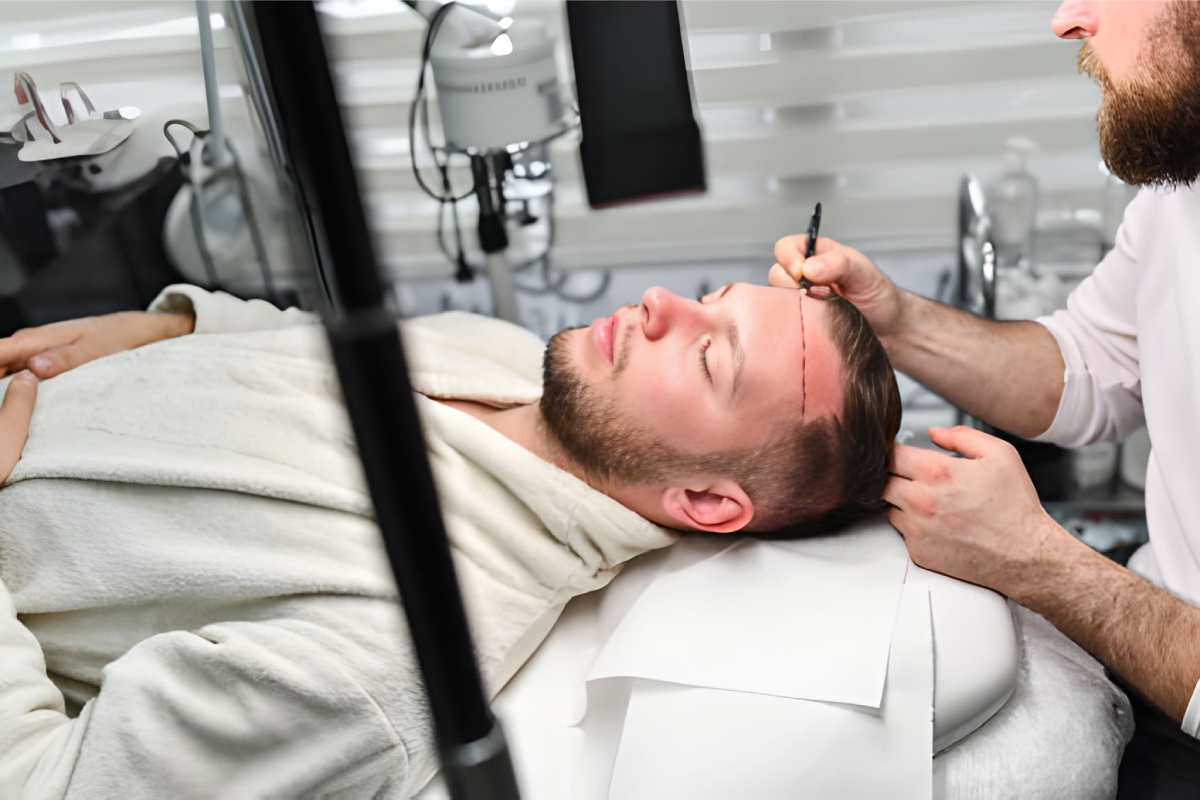Hair Transplant – Ask any patient after a great transplant what impressed them most. It usually isn’t the name of a device. It is the feeling that the surgeon truly saw their face, mapped their future hair loss with care, and placed each graft with purpose. Tools can help, but technique decides whether your hairline looks convincing in bright daylight one year from now.
If you sit down in Istanbul with a surgeon at Asli Tarcan Clinic to talk about a hair transplant in Turkey, the conversation starts with you, not with a machine. Your hairline shape, your donor capacity, your curl pattern, your age, and how your hair might change in five or ten years. That framing is the heart of good technique.
Technique and technology are different things
Technology is the gear. Think motorized punches, imaging systems, or implanter pens used in DHI. These can speed up parts of the work and make some steps more consistent.
Technique is the craft. It is how the surgeon chooses punch size, controls torque, reads tissue resistance, protects grafts from drying, and sets angles so hairs flow like your own. It is also strategy. Where to spend density now, what to save for the future, and how to blend with native hair so the result still makes sense if your hair thins later.
A simple rule of thumb helps. Technology can amplify good technique, but it cannot rescue bad technique.
Five human choices that machines cannot make
A hairline that belongs to your face
Natural hairlines are not ruler straight. They have tiny irregularities, soft transitions, and an age-appropriate shape. A template can copy a pattern. A surgeon decides what suits your features and how that hairline will age with you.
Angles that mimic real growth
Hairs do not exit the scalp at one uniform tilt. They change angle across the frontal third, crown, and temples. Matching those shifts is a feel thing. Slightly wrong angles turn into a style you always have to manage. Slightly right angles disappear into your everyday life.
Gentle extraction and handling
Grafts are small living structures. They like hydration, cool storage, and minimal time out of the body. They do not like crush force or long waits on a tray. The team’s choreography during surgery affects survival as much as any device on the counter.
Donor protection for tomorrow
A bold crown today can look odd if the front recedes later and the donor has been overspent. A thoughtful plan keeps enough hair in the bank to balance future changes. That is technique, not technology.
Real-time adaptation
Scalp thickness, follicle depth, prior scarring, and curl all vary. Curly and Afro-textured hair often needs different punches and a slower rhythm to avoid transection. A machine can assist. A skilled hand senses the change and adapts on the spot.
What you can ask to spot good technique
You do not need to be a surgeon to tell who takes craft seriously. Ask a few straightforward questions.
- Who designs the hairline and who places grafts in the front few millimeters
- What is the typical transection rate during FUE and how does it change for curly hair
- How long are grafts usually outside the body and how are they stored
- Can I see results in lighting that is not styled or filtered and from multiple angles
- What is the long term plan for donor conservation if I thin further
Good teams answer clearly and show consistent results on patients who look like you.
Where technology genuinely helps
Used well, tools make a skilled team even better. Motor assistance can keep extraction steady in large cases. Implanter pens help with depth control in tight packing. Imaging and magnification improve site creation and quality checks. Cold, isotonic storage protects grafts while they wait. The difference is that these tools serve a plan rather than replace it.
A quick story to make this real
Two patients of similar age and hair type choose different paths. One selects a clinic because it advertises a robot. The other chooses a team that walks through design, donor math, and growth timelines, then uses a mix of manual and motorized FUE with careful placement. A year later, both have more hair. Only one has a hairline that looks effortless wet, dry, styled, or messy. The second patient did not buy a gadget. He bought a strategy.
Why many travelers look to Istanbul
People come for a hair transplant in Istanbul not only for value, but because case volume and experience build strong hands. In that setting, Asli Tarcan Clinic keeps the focus on surgeon-led design, meticulous handling, and aftercare that fits real life. Technology is present, but it never drives the plan. Your face, your donor, and your future hair take the lead.
Setting expectations the human way
Most patients see early sprouts around month three or four, then thicker coverage by month six, and full maturation near the one-year mark. The first weeks are about calm healing and gentle care. The middle months are about patience while new hairs cycle in. The final stretch is where density and texture settle and your new hair starts to feel like it has always been there.
Also read: How to Get Rid of Mucus in Throat: Effective Remedies




